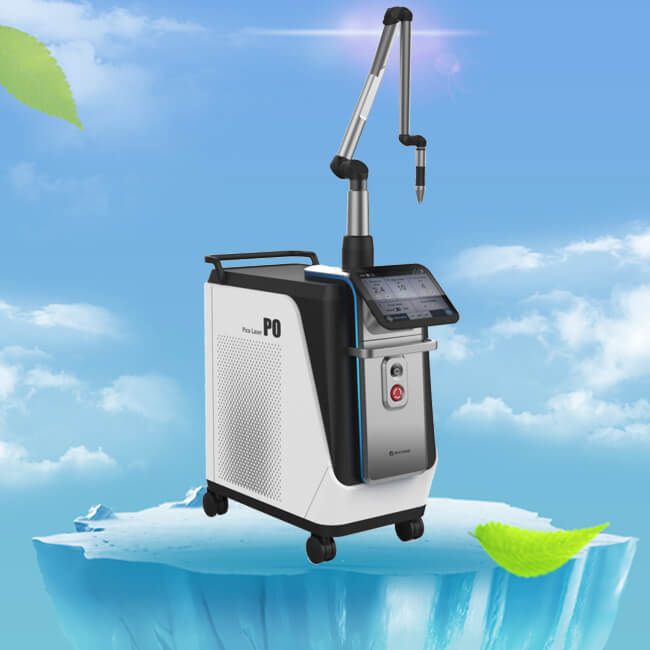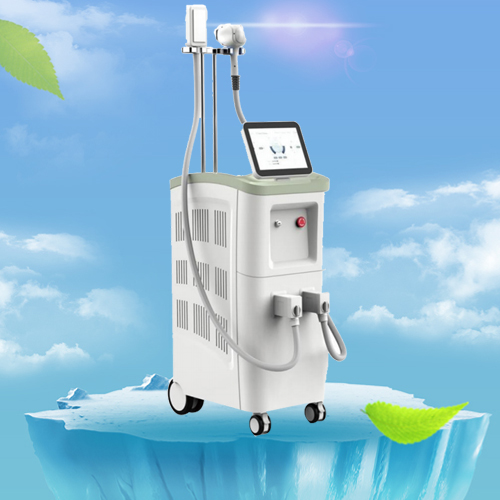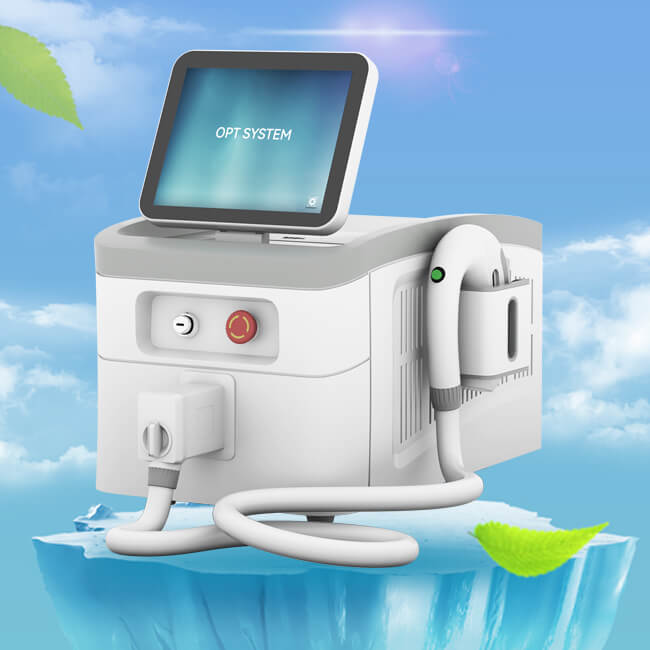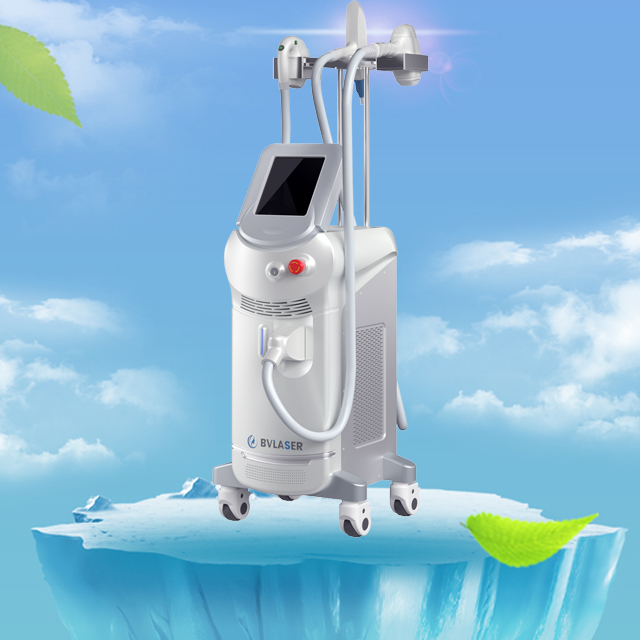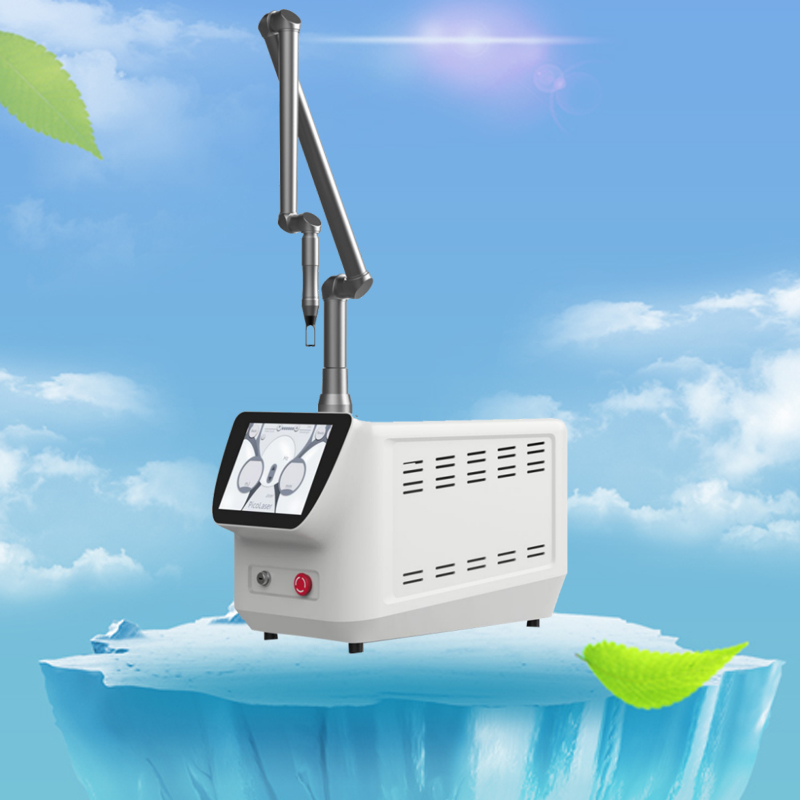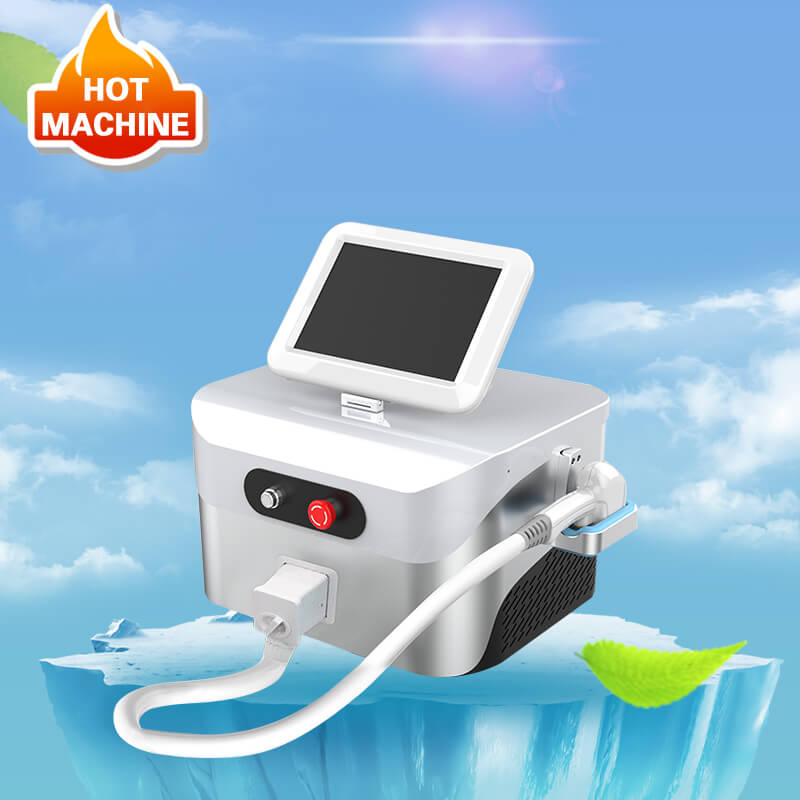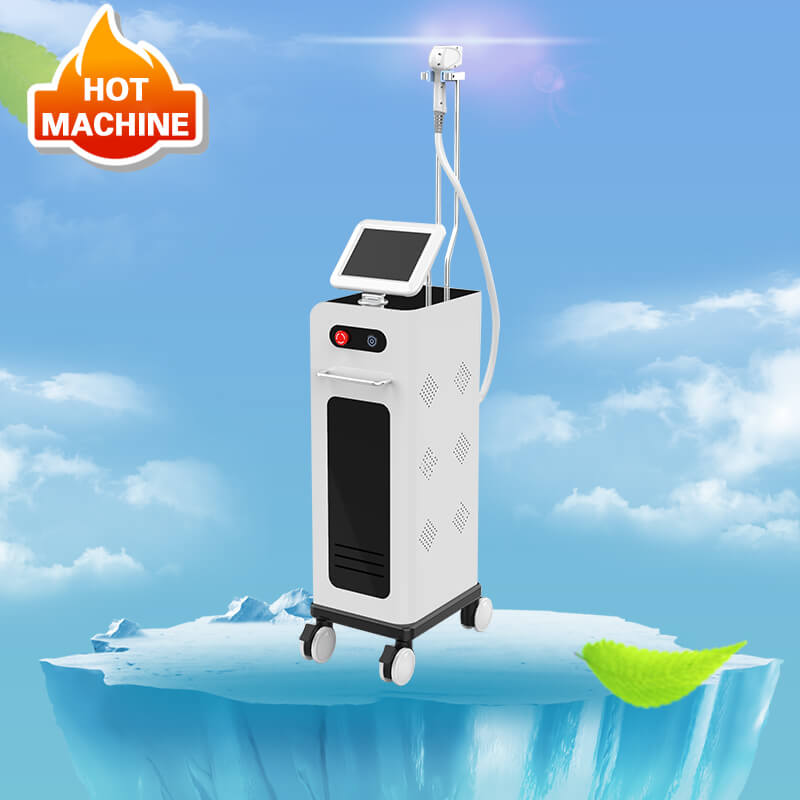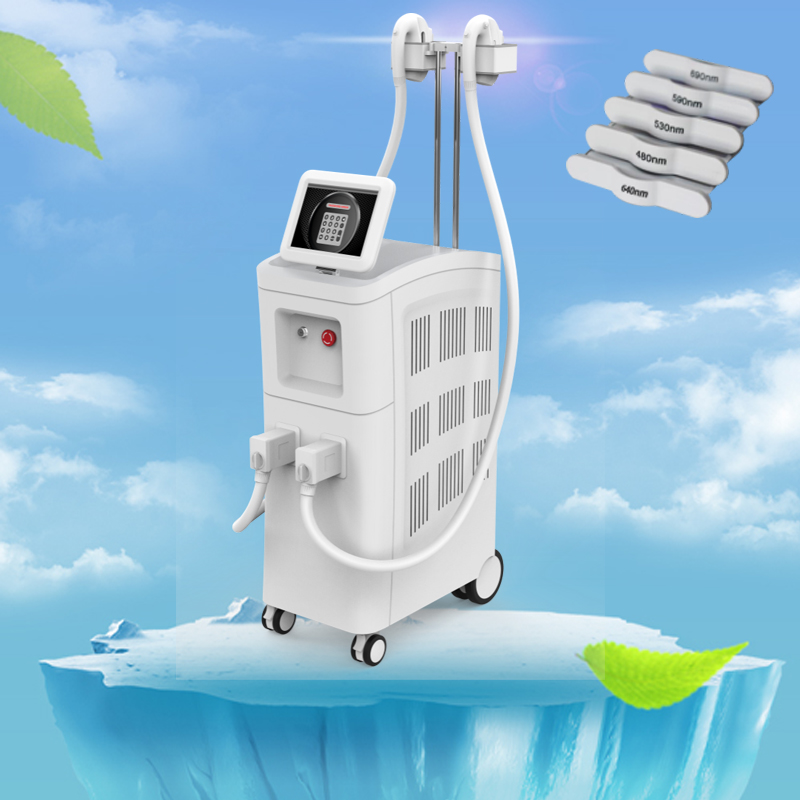What to expect from your IPL treatment session
Author:baishilf Time:2024-07-19 16:42:04
We all want to look our very best, the best IPL machine for skin rejuvenation treatment, also called a photofacial treatment, can help many people reclaim smooth, youthful skin with even tone and pigmentation. In short, you’ll be photo-ready. When it comes to aesthetic treatment like IPL, it’s always best to partner with a knowledgeable dermatologist who can ensure you achieve the results you’re after while limiting potential damage to your skin. Bestview Laser is the best professional IPL machine manufacturer, we have IPL hair removal machine for sale.
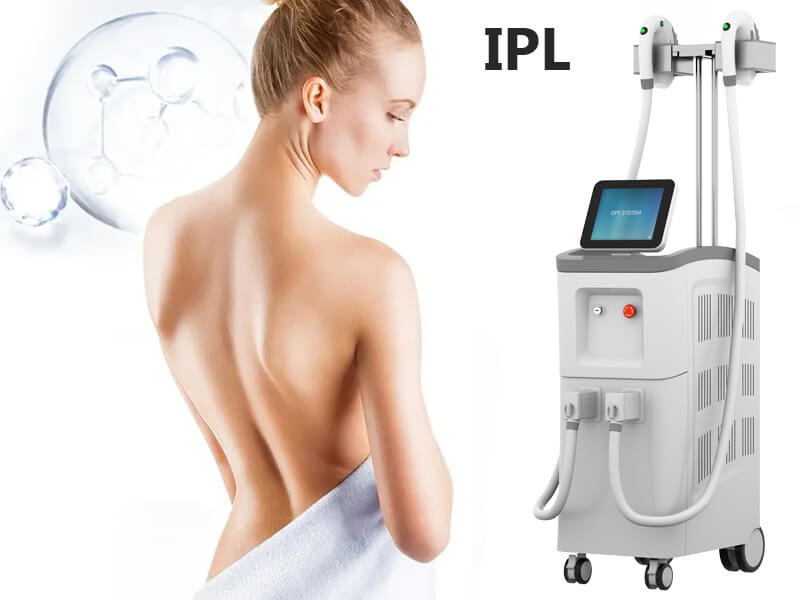
IPL Photo Rejuvenation is a completely safe, comfortable, non-invasive procedure that uses intense pulses of light to penetrate deep into the skin. These light pulses (like a camera flash) cause collagen and blood vessels below the epidermis (the top layer of skin) to constrict. The light waves are passed through either hemoglobin (red blood cells) or melanin (pigmented cells) in the skin breaking down the cells, which are then reabsorbed into the body, reducing discoloration. In addition to evening out the complexion, the heat directed into the inner layers of skin also stimulates the production of more collagen, which is an effective way to improve skin’s texture and diminish the appearance of fine lines and wrinkles. IPL treatment helps to improve many skin irregularities, including:
1.Dark spots
2.Uneven skin tone
3.Enlarged pores
4.Sun damage
5.Reddening
6.Broken blood vessels
7.Fine lines
8.Minor scars, like chickenpox or acne scarring
9.Rosacea (effective in improving symptoms for some patients)
IPL Photo Rejuvenation can be used on the face as well as the hands, chest, and neck.
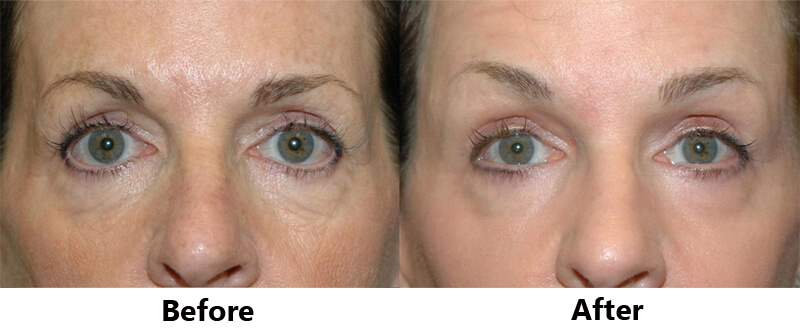
Who is a good candidate for IPL photorejuvenation?
Anyone who is interested in creating an even skin tone may be a good candidate for IPL photorejuvenation. However, the best candidates are those individuals who have light, untanned skin with some freckles, wrinkles, larger pores, age spots, or other concerns who would like to diminish the appearance of these skin irregularities. While IPL photofacial treatment may be used for individuals with darker or tanned skin, this is not always a good treatment option. Unfortunately for individuals with darker pigmentation, the IPL photo rejuvenation treatment may change the color of healthy skin as well as the areas of irregularities. We usually do not recommend IPL photorejuvenation treatments during the summer since exposure to sunlight or tanning skin can alter the results.
In addition to individuals with darker skin tones and those who may experience tanning due to sun exposure, expectant mothers are not usually good candidates for these procedures either. Hormonal shifts during pregnancy can lead to skin discolorations, but these typically clear up after delivery. The potential risks associated with IPL photorejuvenation are minimal, but they can be more serious during pregnancy. For this reason, IPL photorejuvenation is not usually recommended for expecting mothers. Due to some skin conditions and sensitives, IPL photofacial treatment may be the wrong choice. Eczema, acne, severe dermatitis, a history of keloid scarring, or generally sensitive skin can all lead to an elevated risk for adverse reactions after IPL photorejuvenation.
Finally, there are some health conditions (cancer, lupus, seizures), medications (photosensitizing medication, diabetes treatments, blood thinners), and surgical appliances (pacemakers, metal pins) that mean IPL photofacial treatment will not be indicated.
How does IPL photorejuvenation work?
Before you begin the IPL photo rejuvenation process, you’ll visit one of your dermatologists for a consultation visit. During this appointment, your dermatologist will carefully examine your skin, review your needs, and partner with you to create a treatment plan. If that plan includes IPL photorejuvenation, dermatologist will ask you to take some steps to prepare for the treatment visit.
Specifically, you should:
1.Avoid self-tanner usage and minimize sun exposure for 2 to 4 weeks.
2.Review your prescription medications and forego the use of certain products, including tetracycline, doxycycline, and Retin-A.
3.Review any over the counter medications and forego the use of aspirin, ibuprofen, and similar medication to avoid bruising.
4.Apply sunscreen every day, and consider wearing hats, gloves, and covering clothing to protect skin and limit sun damage.
On the day of your IPL photofacial treatment, you’ll wear protective eyewear, and a gel will be applied to the treatment area to keep it cool during the procedure. Then, your dermatologist will use a handheld device to deliver pulses of bright light to the area being treated. You will feel a warm sensation throughout the procedure. In most cases, the IPL photo rejuvenation treatment plan will take place over 3 to 5 sessions, and each subsequent session is usually more comfortable than the last. That means your initial treatment may be a little more uncomfortable, but you can expect the additional sessions to be increasingly more comfortable. The IPL treatment itself will take some time to be effective. You may start to see improvement about a week after the procedure, and you’ll continue to see improvement for several weeks after each round of treatment. Everyone responds differently to IPL photo facial treatment, but we’ll assess your progress throughout the procedure and at periodic follow-up visits to ensure you’re achieving the desired results.
Are there side effects to IPL photorejuvenation?
IPL Photo Rejuvenation has a relatively easy recovery, which means you can return to your daily routine immediately. Potential side effects are usually minor and they disappear quickly. Some of the most common side effects include:
1.Bruising
2.Blistering (like after a sunburn)
3.Scabbing
4.Changes in the skin’s pigmentation
5.Reddening
In rare cases, changes in pigmentation (lighter or darker skin tone) can occur. This is most common in darker-skinned people and those who have recently tanned or burned their skin prior to treatment.
How long will IPL photorejuvenation last?
Each patient will receive a customized IPL photo rejuvenation treatment plan that addresses their individual needs. Normally, IPL photofacials require multiple treatments, spaced a few weeks apart to achieve optimal results. The good news is that the results can last several years after the final treatment. There are some factors, including sun exposure, that will impact the length of time between maintenance treatments. During an annual professional exam, we can determine whether or not you need retreatment and create an ongoing maintenance plan that suits your individual needs.
IPL photofacial treatment
Intense Pulsed Light (IPL) or photo facial, is a skin laser light treatment that delivers high-intensity pulses that penetrate the skin and heat the sub-surface layers to reduce melanin, the dark pigment, hemoglobin, and the red blood cells in blood vessels. This results in healthier, smoother skin. The number of IPL treatments you need will depend on the condition of your skin and your desired results. Generally, patients need a series of 3-6 treatments, 4-8 weeks apart. NO direct sun exposure is recommended during your IPL treatments. The documented risks are a chance of burns and blisters, some Hyper or Hypo pigmentation and mild swelling. These risks can all be avoided if the proper precautions are followed prior to treatment. These precautions will be discussed during your consultation.
Many patients say the IPL treatment feels like a rubber band snapping against the skin. We can apply a topical numbing cream before the treatment to reduce discomfort. There is practically no downtime after an IPL treatment. You can return to work or your normal daily activities the same day as your treatment. The results of IPL are long lasting. During your consultation, medical esthetician will discuss a proper skincare regimen. The better you take care of your skin, the longer your IPL results will last. Many patients come back after a few years for touch-up treatments to rejuvenate their skin.
Is an IPL photofacial painful?
IPL photofacial treatments cause little to no pain during the procedure. Many patients describe the sensation of the light pulses as a rubber band flicking against their skin. Some patients also describe the feeling of having a sunburn or standing close to a fire. The pain is relatively mild, but the light from the device may be uncomfortable to those with light sensitivity.
What happens during an IPL treatment?
Before your IPL photofacial treatment, your face will be cleansed and prepped, and you’ll be given protective eyewear to keep your eyes safe from the bright flashes of light. We will also apply a cool gel to help keep your skin comfortable. Once you’re ready, the IPL handheld device will glide over the damaged skin, emitting powerful pulses of light deeply into the skin to treat it. The pain level is similar to that of a small pinch, or a hot rubber band being snapped on the skin very tolerable. Sessions typically take 15-30 minutes, but the duration of each treatment session will vary depending on the size of the area to be treated and the specific settings used for each patient. The more damaged the skin is, the more treatments will be needed and the total number of treatment sessions depends on the patient’s goals for aesthetic improvement.
What to expect from IPL treatment session
You will likely need 2-3 treatment sessions spaced one month apart. You may require fewer sessions if a more aggressive treatment setting is appropriate for your case. However, it’s generally safe to plan on three appointments. The procedure is quick, and most treatments only last 20 to 30 minutes. Dermatologist will not apply a topical numbing cream when you come in. That’s because those creams can make blood vessels shrink and prevent them from absorbing the beneficial light energy.
There is no downtime, you can walk out of the office right after your session. Immediately after the treatment, your skin may be slightly red and swollen. Thankfully, post-treatment irritation fades within a few hours. It’s also normal to see square or grid marks on your face, which will fade within a week. You can apply makeup immediately after your IPL treatment to help cover these marks. Do not pick at your skin, especially as it begins to flake. Most importantly, protect your skin from the sun. Your pigmentation issues will start to fade, revealing a more even, flawless skin tone.
Because everyone has different skin types and conditions, the recovery period from an IPL session will vary from case to case. Some individuals experience temporary discoloration for a few days, which slowly flakes off. Some develop reddening of the skin or splotches. Others may find dark spots on the skin that resembles coffee grounds. And still others feel as though they have a sunburn.
During your consultation, we will assess what side effects you may have, and we will also let you know how long your downtime will most likely be. We will also provide you with detailed home care instructions so that your skin recovers as beautifully as possible. It’s important to avoid exposing your skin to the sun for a few weeks following treatment. Results from an IPL photofacial become apparent gradually, and can be seen approximately two weeks after your IPL treatment. Final results are apparent in 3-5 months.
How is the IPL photofacial procedure performed?
Before your procedure, your skin will be thoroughly cleansed. After cleaning the treatment area, dermatologist will apply a cool gel to your face to help the light travel more effectively and provide you with dark glasses to protect your eyes during the procedure. During the treatment, dermatologist will slide a handheld device over the skin, flashing it with a light every centimeter or so. The session lasts about 30-60 minutes, depending on the size of the treatment area.
What is recovery like from a IPL photofacial?
Although recovery time varies, patients can expect to have some redness around the face for 2-5 days after their IPL photofacial. In some cases, a patient may experience some bruising, but this usually fades over the course of 1-2 weeks.
Immediately following the IPL treatment, the dark spots begin to darken, which indicates that the pigment has been successfully treated. In about 3-7 days, those dark spots will be pulled to the surface and flake away. For about 30 days, patients will need to wear sunscreen whenever they go outside and avoid skin care products with harsh chemicals. This will help prevent unnecessary irritation and damage.





